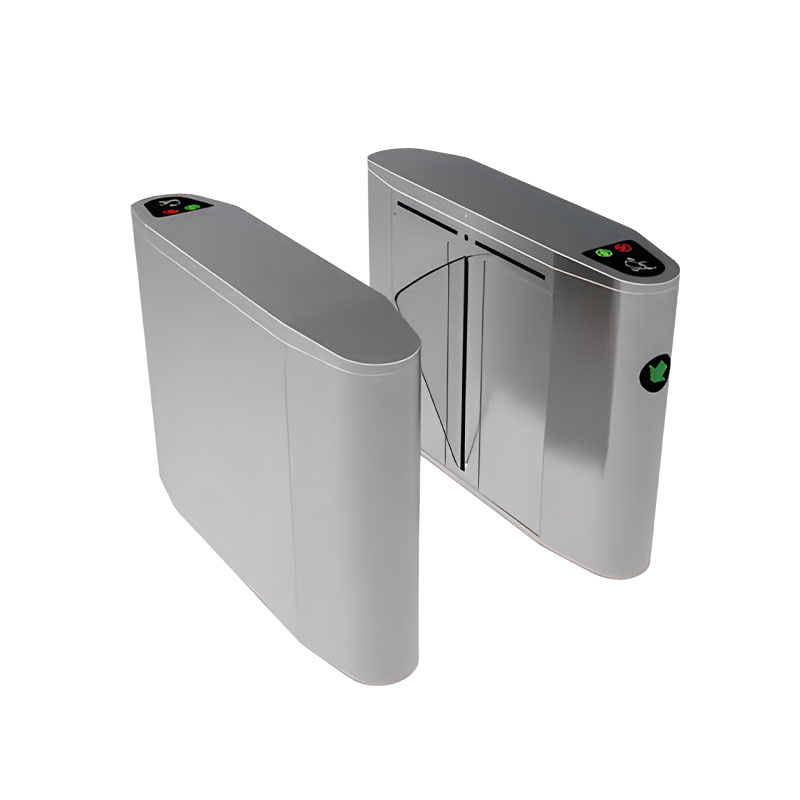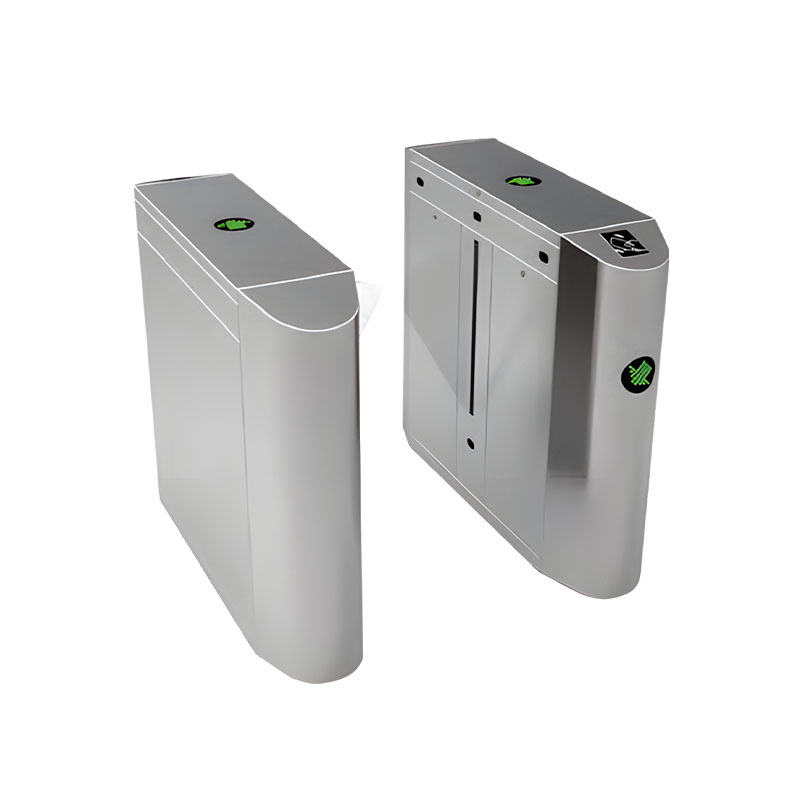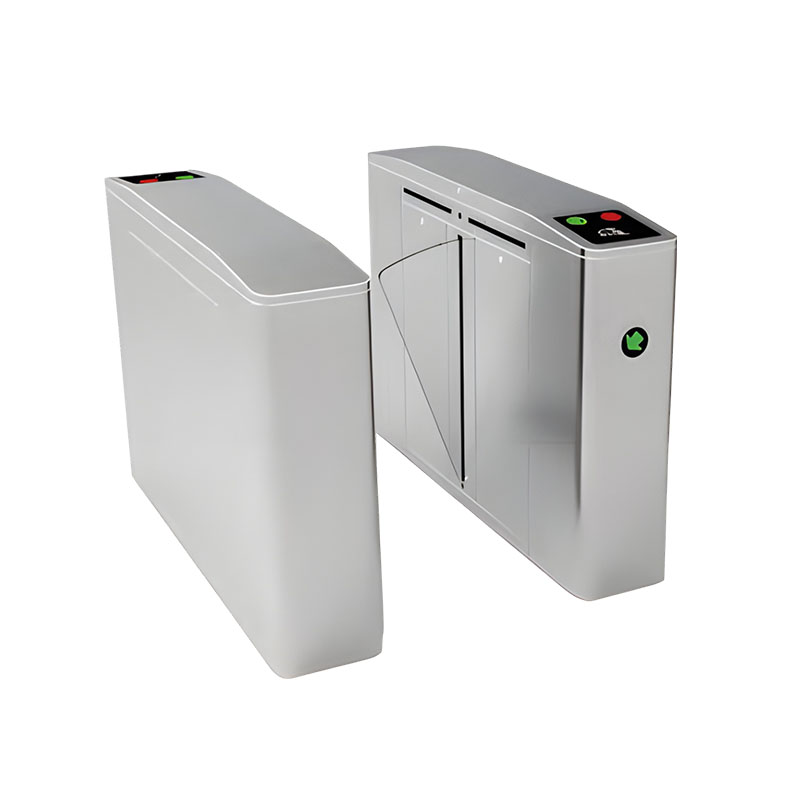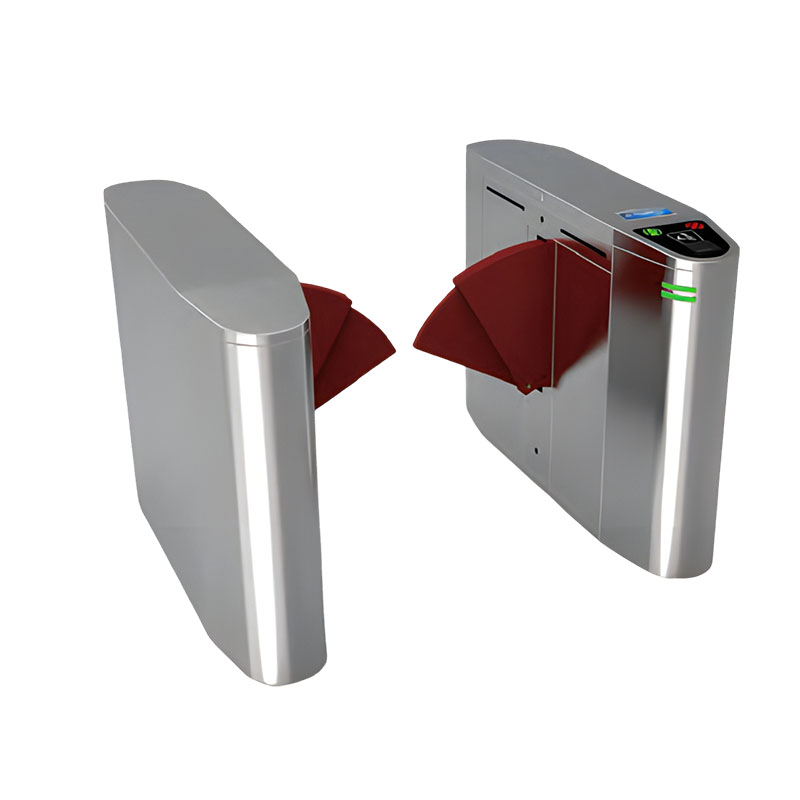How can the anti-pinch function of a pedestrian access gate balance sensitivity and anti-interference?
Release Time : 2025-09-18
The anti-pinch function of a pedestrian access gate is a core component in ensuring safe passage. Balancing sensitivity and anti-interference capabilities requires coordinated optimization of sensor technology, algorithm logic, mechanical structure, and environmental adaptability. This process must ensure the gate responds instantly upon contact with an obstacle while avoiding frequent false stops due to environmental interference or accidental contact, thereby striking the optimal balance between safety and efficiency.
Upgrading sensor technology is fundamental to improving anti-pinch sensitivity. Traditional single-point infrared sensors are susceptible to dust and light refraction, while high-density infrared arrays use multiple sets of opposing beams to form a continuous detection zone, accurately capturing even tiny objects within the passage. For example, when the edge of a pedestrian's clothing or a luggage strap enters the detection zone, the continuous changes in beam obstruction trigger a system response. Some high-end gates also integrate millimeter-wave radar, which uses the principle of electromagnetic wave reflection to detect obstacles. Its strong penetration and excellent anti-interference capabilities can offset the limitations of infrared sensors in strong sunlight or rain or snow. A dual-sensor linkage mechanism further enhances reliability: when both infrared and radar detect an obstacle simultaneously, the gate immediately stops and slightly rebounds, avoiding safety hazards caused by a single sensor misjudgment.
Optimizing algorithm logic is key to balancing sensitivity and interference resistance. A machine-learning-based behavioral analysis algorithm builds a dynamic model of "normal traffic-obstacle-abnormal behavior." By collecting extensive traffic data, the system learns the motion characteristics of objects in different scenarios, such as distinguishing between the swaying of clothing during normal pedestrian traffic and a true object trapping scenario. An object trapping event is only detected when the contact pressure between the gate and the obstacle exceeds a threshold and lasts longer than a dynamically adjusted threshold, thereby reducing false alarms caused by brief contact or environmental vibration. Furthermore, adaptive threshold adjustment technology adjusts detection sensitivity in real time based on parameters such as channel usage frequency and light intensity, ensuring accurate detection even during peak hours or in complex environments.
The innovative mechanical design provides physical support for the anti-pinch function. The combination of brushless motors and encoder control technology enables millimeter-level precision control of the gate's motion trajectory. When the sensor detects an obstacle, the motor cuts off power within 0.1 seconds, and the gate rebounds 5-10 mm via an elastic buffer, creating a triple-layered "detect-stop-retract" protection system. Some gates utilize a segmented gate design, splitting the gate swing into multiple independent modules, each equipped with its own sensor and drive unit. This design not only reduces the risk of single points of failure but also precisely controls the rebound area based on the location of the obstacle, preventing the entire gate from stalling due to localized entrapment.
Environmental adaptability optimization is essential for improving anti-interference capabilities. To address electromagnetic interference, the gate housing utilizes a conductive coating or metal shielding mesh to effectively block interference signals from devices such as radio stations and microwave ovens. Signal transmission between the card reader and gate controller utilizes shielded twisted-pair cable, ensuring good grounding to minimize false tripping due to signal attenuation. For outdoor use, the gate features IP65-rated dust and water resistance to withstand rain and snow, and a built-in temperature compensation module ensures stable sensor performance in temperatures ranging from -20°C to 60°C. In addition, a regular auto-calibration function eliminates detection errors caused by device aging or environmental changes, ensuring long-term reliability.
The integration of a dynamic anti-pinch mechanism and multimodal verification further enhances system security. When the gate detects an obstacle, it not only triggers a rebound action but also simultaneously initiates facial recognition or QR code verification to verify access. If an unauthorized person attempts to force the gate open, the system immediately locks down, triggers an audible and visual alarm, and sends an abnormal event notification to the management platform. This "passive protection + active intervention" design elevates the anti-pinch function from a simple physical protection system to a comprehensive security management system.
The pedestrian access gate's balanced sensitivity and anti-interference performance are the result of a multi-disciplinary integration of technologies, including sensor technology, algorithm engineering, mechanical design, and environmental adaptability optimization. From continuous detection using infrared arrays to penetrating sensing using millimeter-wave radar, from dynamic threshold adjustment using machine learning algorithms to precise control of brushless motors, each technological breakthrough is driving the anti-pinch system toward higher precision and greater adaptability. In the future, with the in-depth application of AI vision and Internet of Things technologies, pedestrian access gates will achieve intelligent upgrades from "passive response" to "active prediction", providing more reliable solutions for traffic safety.







